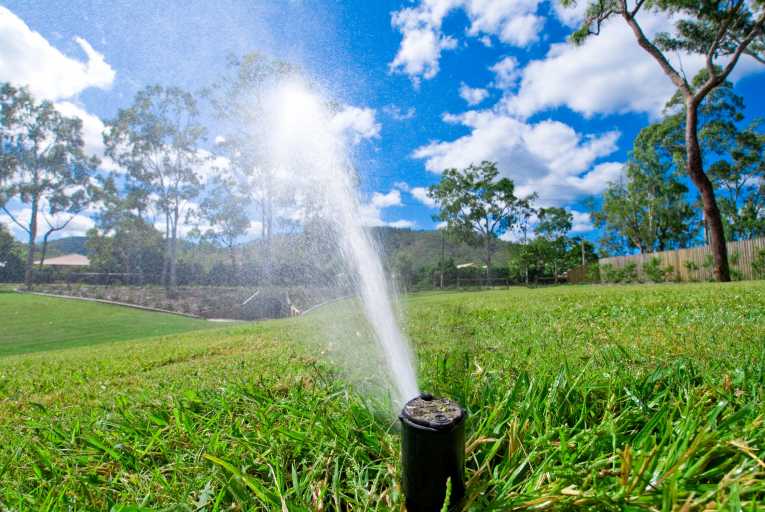The driest March for over 50 years in England and Wales has led to fears of a perennial favourite; a summer hosepipe ban.
Parts of the country had as little as 2mm of rain last month prompting warnings of potential droughts during the summer months. The dry month has led to a depletion in reservoir levels. Early April stocks are at their lowest level since 1996 in England and Wales according to the government's centre for hydrology and ecology, the CEH, with the largest anomalies in the South East
The Environment Agency has measured a 13% drop in rainfall with flows in some rivers lower than estimates for this time of year. In the south west, central and eastern parts of England, some areas have received only 66% of expected rainfall.
Terry Marsh from the CEH explains March is a key month when analysing water resources and the outlook for the coming year. ''Water resources held up well in March. That said, the recent exceptionally dry 6-7 week spell - following a moderate rainfall deficiency since the autumn of 2009 - has come at a pivotal time for water resources. A dry April could lead to a significant deterioration in the resources outlook, so we need to keep a careful eye on things over the next few weeks.''
The potential shortage means water companies will have to make a decision within the next few weeks to decide whether hosepipe bans and water restrictions. If drought conditions continue over the coming weeks, measures may need to be put in place.
The Environment Agency also warns that, if the drier conditions continue, there could be an impact on wildlife including fish and plants that live around rivers and lakes. Although there is no impact on public water supplies in the short term, the agency says it will monitor the situation and alleviate any problems should they occur.















